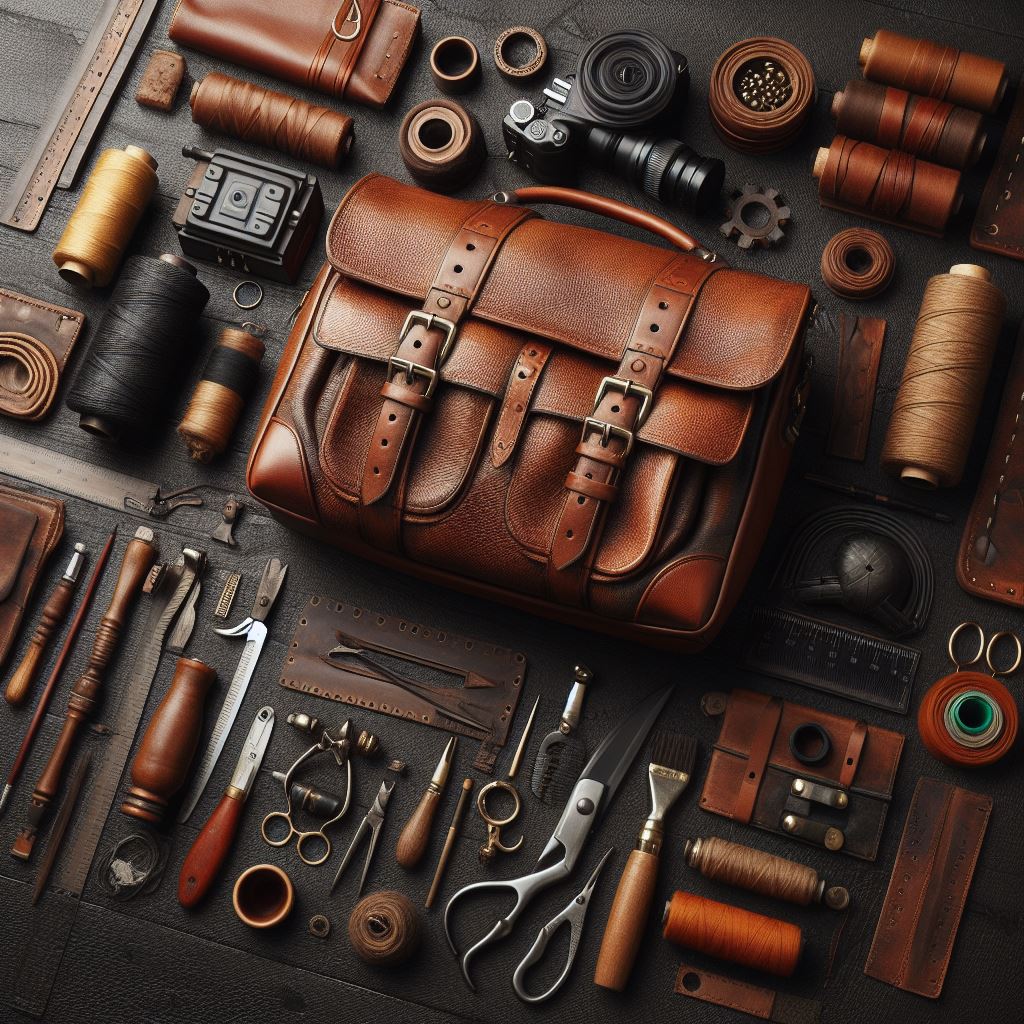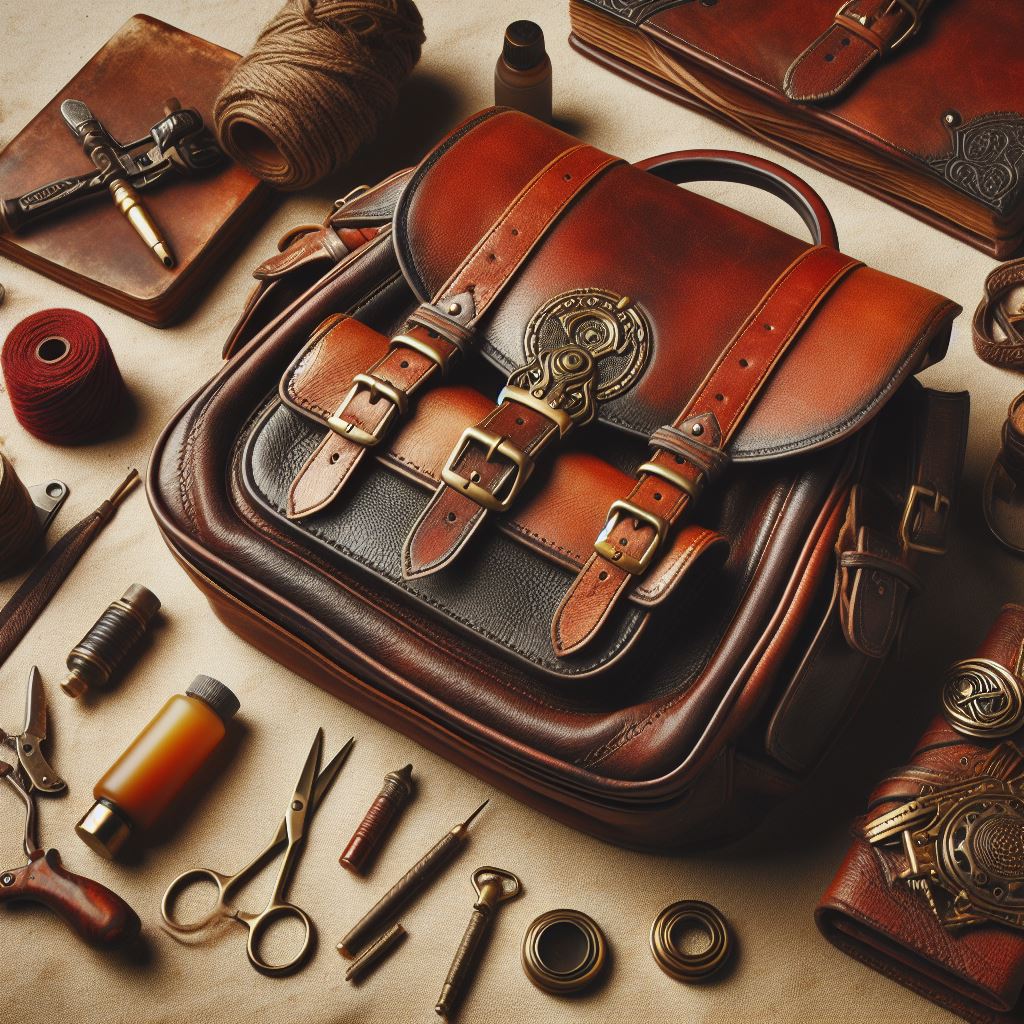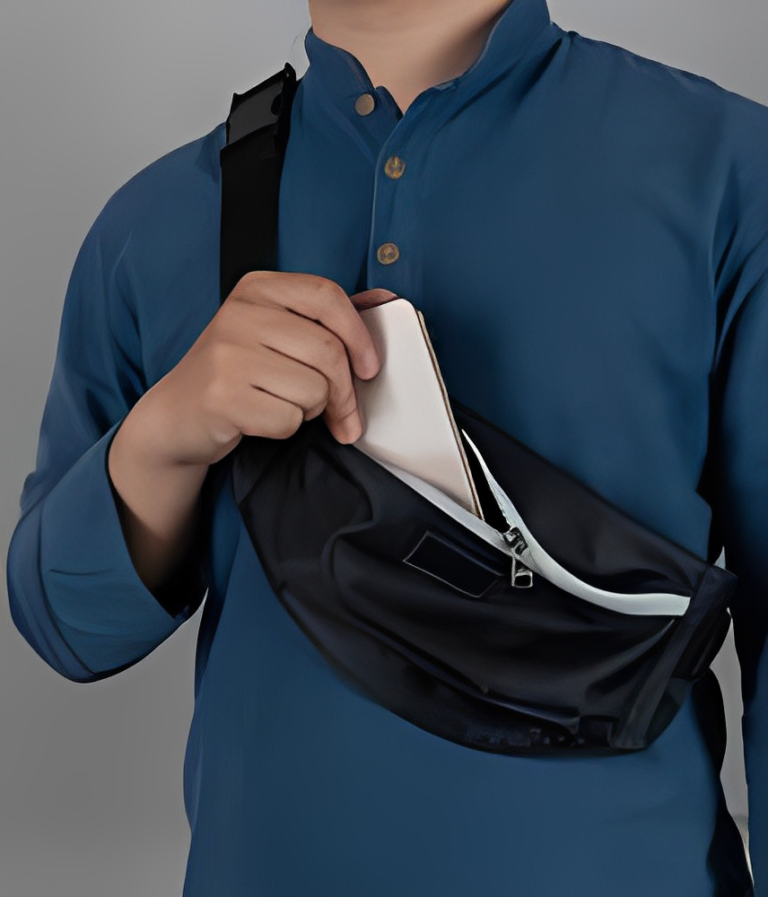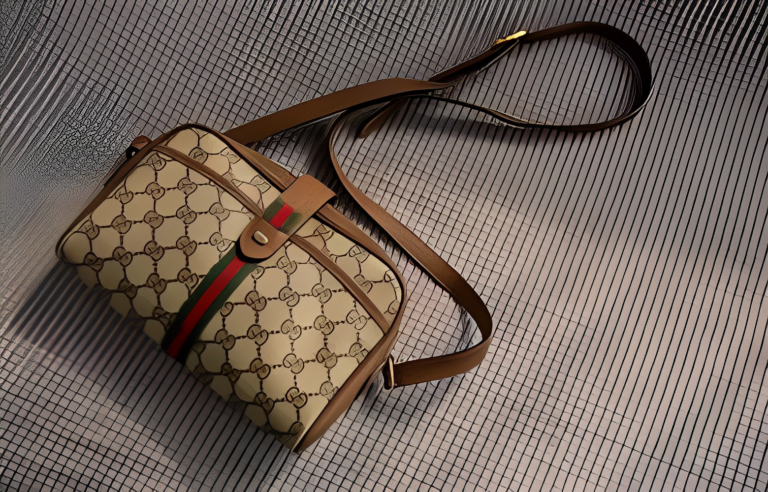How to Store Leather Bags: A Complete Guide for Longevity and Durability
Are you a proud owner of luxurious leather bags? If so, you understand the value and investment they represent. To ensure that your leather bags retain their beauty and functionality for years to come, proper storage is essential. Leather is a natural material that requires special care to maintain its quality. In this comprehensive guide, we will walk you through the step-by-step process of how to store leather bags correctly. From cleaning and conditioning to choosing the right storage location, we’ve got you covered. Let’s dive in!
Leather bags are not only fashionable accessories but also valuable investments. To ensure the longevity and durability of your leather bags, proper storage is crucial. Improper storage can lead to damage from temperature fluctuations, moisture, and exposure to sunlight. By following the right storage techniques, you can preserve the beauty and functionality of your leather bags for years to come.
Cleaning and Conditioning to Store Leather Bags
Before storing your leather bag, it’s important to clean and condition it properly. Start by using a gentle, lint-free cloth or sponge dampened with a light leather cleanser or a mixture of water and mild soap. Gently clean the exterior of the bag, paying attention to any marks or grime. Avoid excessive water, as it can harm the leather. After cleaning, use a clean, damp cloth to remove any residue and allow the bag to air dry completely. Once dry, apply a leather conditioner using a clean, dry towel. Conditioning helps keep the leather supple and prevents it from drying out and cracking. Follow the instructions provided with the conditioner for the best results.
Read More: How to Style a Crossbody Bag
Emptying Pockets and Compartments
Before storing your leather bag, make sure to empty all the pockets and compartments. Leaving items inside the bag can create pressure points and indentations on the leather during storage. Remove any personal belongings, receipts, or loose items to ensure the bag maintains its shape and structure.

Choosing the Right Storage Location
Selecting the appropriate storage location for your leather bag is crucial. Ideally, the storage area should be dry, cool, and away from direct sunlight. Moisture and excessive heat can damage the leather and cause it to deteriorate. Avoid storing your leather bag in damp areas that may encourage mold growth or in areas exposed to direct sunlight, as it can fade the color of the leather. Consider using dust covers or pillowcases to protect the bag from dust and scratches. Additionally, keep your leather bag separate from other items to avoid any potential damage.
Ideal Storage Conditions for Leather Bags
To maintain the pristine condition of your leather bags, it’s important to ensure ideal storage conditions. These conditions include maintaining a steady temperature between 50°F and 70°F (10°C and 21°C), humidity levels between 45% and 55%, and adequate ventilation. Regular inspections and security measures further protect the quality of your leather bags. By following these suggestions, your leather bags will remain in excellent condition and readily available whenever you need them.
Avoiding Extreme Temperatures
Extreme temperatures can have detrimental effects on leather accessories. High temperatures can cause leather to crack and dry out, while extremely low temperatures can make it brittle. To prevent damage, avoid storing leather bags in areas with extreme temperatures. The recommended temperature range for storing leather items is between 50°F and 70°F (10°C and 21°C). Maintaining this temperature range helps preserve the natural oils and softness of the leather, ensuring your bags look great for years to come.
Protecting Against Moisture
Moisture is one of the biggest enemies of leather products. Excessive moisture can lead to mold growth, discoloration, and loss of leather integrity. It’s important to protect leather bags from dampness to avoid deterioration. Keep your leather products dry and maintain a relative humidity level between 45% and 55%. Utilize dehumidifiers or moisture-absorbing products as needed. Avoid placing your bags on wet surfaces or exposing them to water. By taking these precautions, you can preserve the lifespan and beauty of your leather bags.
Suitable Storage Containers for Leather Bags
Choosing the right storage containers is essential for maintaining the quality of your leather bags. There are various options available, including dust bags, pillows, and transparent plastic storage containers. Dust bags, often included with the bags themselves, provide protection from dust and sunlight while allowing airflow. Opt for breathable fabric dust bags or lint-free replacements. Clear plastic containers offer visibility and protection, while handbag-specific organizers and dividers keep bags organized. Hooks, drawer dividers, and shelves with dividers are also helpful for storing bags. The choice of storage container depends on available space, desired transparency, and protection level.
Positioning and Arranging Your Leather Bag
Proper positioning and arrangement of your leather bags are essential for maintaining their form and appearance. Avoid putting strain on the handles and straps by ensuring they are hung or placed in a way that distributes the weight evenly. Overcrowding can cause strain, deformation, or stretching, so provide adequate support, space, and careful placement. Stuffing your leather bag with acid-free paper towels or a bag shaper made for your bag type helps maintain its shape and prevents wrinkles, drooping, and structural damage. Avoid overstuffing, as it can strain zippers and seams. By maintaining the bag’s form, you can prevent wrinkles and drooping, ensuring it looks perfect when in use.
How to Store Leather Bags in Different Seasons
Different seasons require varying storage techniques for leather bags. During hot weather, store your bags in a shaded, cool spot to prevent drying out and fading. Use dust bags or breathable covers to protect them from dust and humidity, and avoid placing them directly on the ground to prevent moisture exposure. In cold weather, ensure leather belts, purses, and other items are shielded from excessive cold to prevent stiffness. Maintain appropriate humidity levels throughout the year to prevent mold formation. Regularly check your bags for signs of mold growth or dust accumulation and ensure they are properly maintained during transitional seasons to preserve their quality.
Read More: How Much Do Cornhole Bags Weight
Tips and Tricks for Maintaining Leather Bags
To prolong the lifespan of your leather bags, here are some additional tips and tricks:
Use desiccants or dehumidifiers to control humidity levels in your storage space.
Regularly clean and condition your leather bags to keep them supple and protected.
Ventilate your storage area regularly to promote fresh air circulation and prevent mold and mildew growth.
Store each leather bag separately in dust bags or pillowcases to prevent color transference and damage.
Avoid folding your bags to maintain their shape and prevent creases and wrinkles.
Consider using a professional storage company with climate-controlled units for long-term storage.
Frequently Asked Questions (FAQs)
How often should I clean my leather bags?
Can I store leather bags in plastic bags?
How can I protect my leather bags from water damage?
Conclusion
Properly storing your leather bags is essential for their longevity and durability. By following the guidelines outlined in this comprehensive guide, you can protect your investment and ensure your leather bags remain fashionable and practical for years to come.
From cleaning and conditioning to choosing the right storage location and containers, each step plays a crucial role in preserving the quality of your leather bags. Remember to consider the ideal storage conditions, avoid extreme temperatures and moisture, and adopt suitable storage techniques for different seasons. By taking these precautions and regularly maintaining your leather bags, you can enjoy their timeless beauty and functionality for generations.







